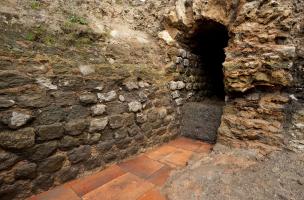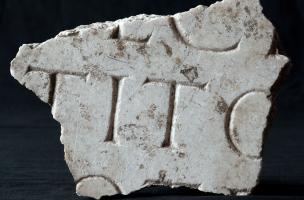You are here
The famous Antique potter Pistillus rediscovered at Autun
An archaeological excavation carried out by order of the State (DRAC Bourgogne) to the north of Autun, in the context of a social housing project, has revealed to Inrap archaeologists an ancient habitation site. The earliest remains date from the start of the 1st century AD, when the town was founded. Autun was constructed by order of the first Roman Emperor, Augustus, (27 BC - 14 AD) and was named after him: Augustodunum.
A gift from Rome to a long time ally, it replaced the Gallic capital of the Aedui tribe, the oppidum of Bibracte located on Mont Beuvray. The town of Autun became one of the largest in northern Gaul, due to its craft industry, cultural influence and position as capital city. The excavation of this site shows the development of a part of the city that was both a craft quarter and a residential area.
Pistillus, the coroplath of Augustodunum
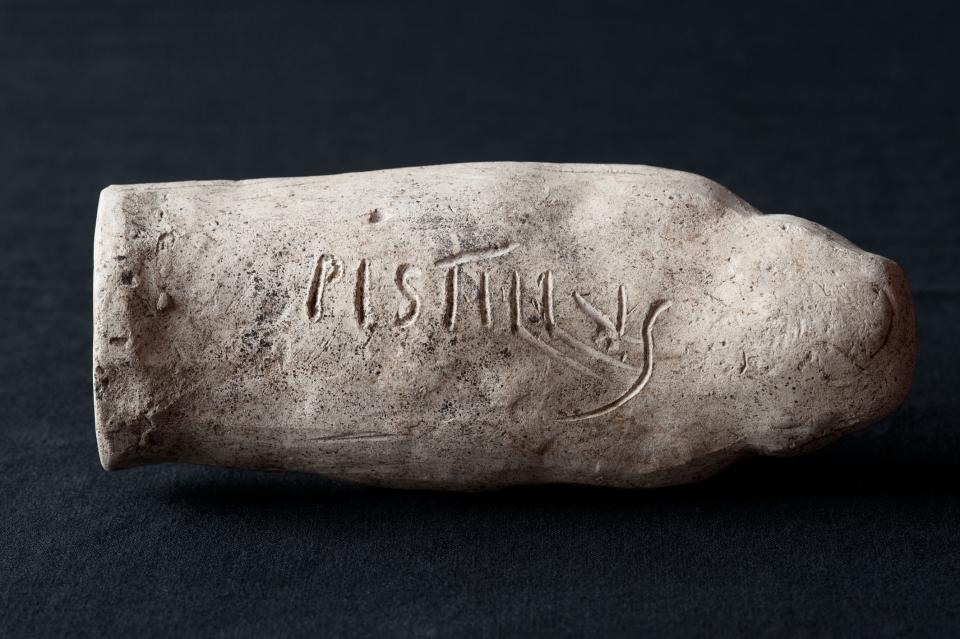
As Camille Jullian reminded us in 1920 in his History of Gaul, many of these statuettes have come down to us over the years: "Allusa at Bordeaux, known for his Mothers; the Armorican Rextugénos, for his hieratically rigid Venuses; Sacrillos the Arvernian, from Toulon-sur-Allier, the leading supplier of doves; and above all Pistillus the Aedui, who was a master of the family genre, filling the whole of Gaul with nursing Mothers, children in cots, domestic beds, and guard dogs.
It was thought that Pistiulls was active at Autun around the end of the 2nd century and the start of the 3rd century AD. His production was widely distributed across the whole of Gaul, in the direction of the Atlantic, (via Bourges, Poitiers, Nantes, etc.), towards the east and the north-west along the Via Agrippa. It also reached upper Germany, the provinces of Raetia and Noricum (Mayence, Bavaria, Lake Constance, Austrian Tyrol). The discovery by the Inrap archaeologists of a potter's oven, moulds, figurines and firing failures signed "Pistillus" confirm the presence of his shop at Autun. Pistillus differs from other coroplaths (figurine makers) by his meticulous statuettes and different themes: protective goddesses, Venus, Abundance, and animals, but also tender representations of Roman intimacy such as The Bordeaux lovers, discovered in 1850 where a man and woman exchange caresses in a Roman bed, under the protection of a sleeping dog.
At present, the excavation has produced figurines of Venus, of nursing goddesses, not to mention more erotic works. "One should not mistake the merit of Pistullus and his emulators: their figurines are poor works, made for poor households, which would fill the shops for a few centimes or would be spread out by hawkers at market time", (Camille Julian).
A quarter of craftsmanship and fine residences
In contrast, hypocaust rooms (rooms with underfloor heating) have been unearthed. A few tiles of glass mosaic and numerous fragments of painted plaster found in the destruction fill attest to the decorations of the houses. Installations connected to water (wells, pipes, containers to collect rainwater) are found in the interior courtyards. A long section of drainpipe demonstrates the facilities created during the founding of the town.
The excavation has also produced some marble statues, such as a Janus head representing Hermes and Pan (or Dionysus), a plaque with a dedication to a previously unknown equites, a member of the Roman equestrian order and military tribune of the XXIIth legion: Tiberius Claudius Potitus Sabinianus.
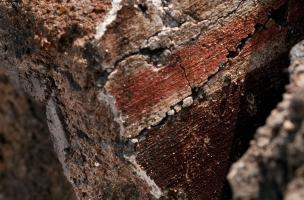
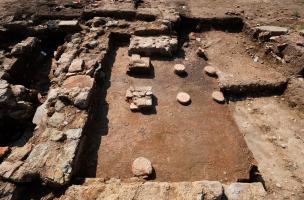
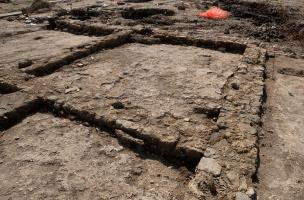

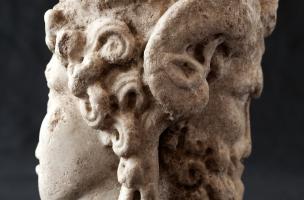
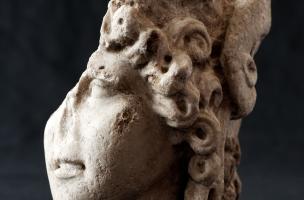
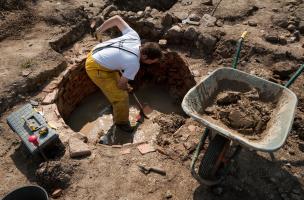
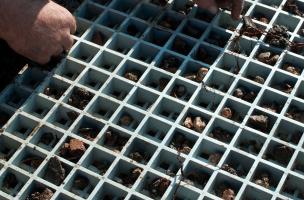

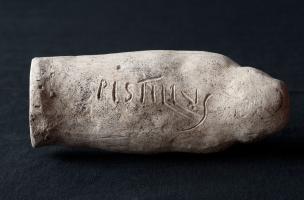


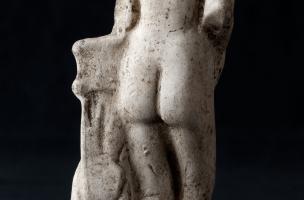
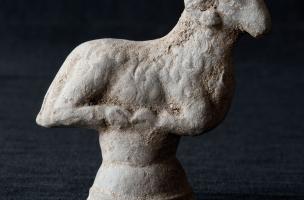
Mahaut Tyrrell
Media communication
Inrap, media partnerships and relations department
01 40 08 80 24
mahaut.tyrrell [at] inrap.fr
Astrid Chevolet
Cultural development and communication
Inrap Grand Est sud
06 86 28 61 71
astrid.chevolet [at] inrap.fr">astrid.chevolet [at] inrap.fr


